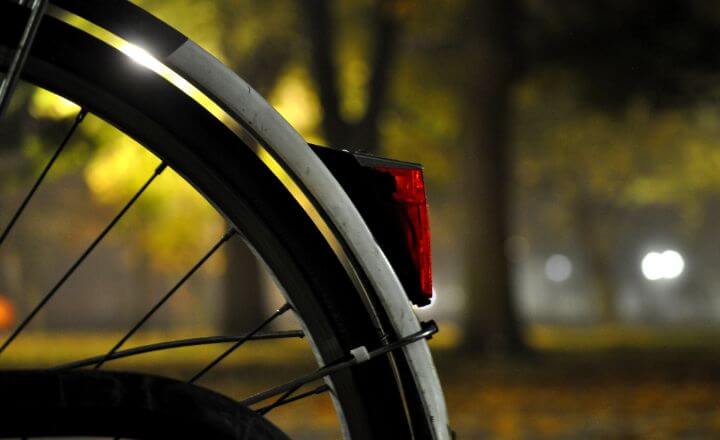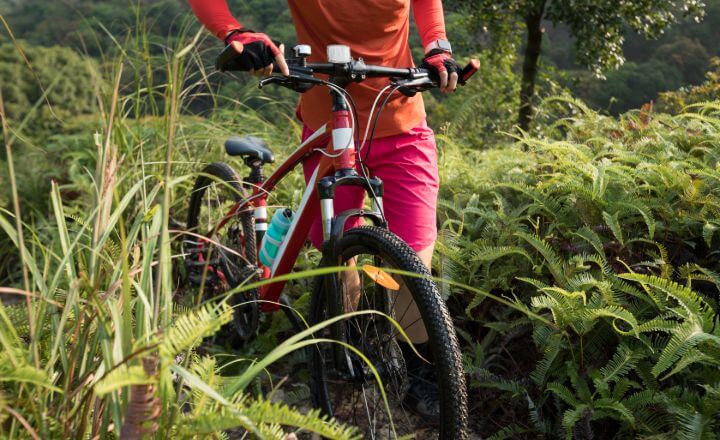(Last updated on March 22nd, 2023)
The bikes specifically designed to go fast over smooth surfaces like pavement, asphalt, and bike paths are called Road Bikes. Whether used for recreation or racing, road bikes are engineered to be lightweight and efficient, converting the rider’s pedal power into impressive speed.
Recent innovations have added performance, but modern road bikes are basically the same shape as their ancestors decades ago. Some new technologies and materials that make road bikes lighter, faster, and more reliable than ever. Explore this detailed guide to find all the answers to your road bike-related questions.
Finding the best road bike for your requirements canbe tedious. But don’t fret this helpful article will walk you through all the ins and outs of road bikes on the market today.
Let’s start with a complete breakdown of all the parts that make this kind of bike perfect for the road.
Frame and Fork
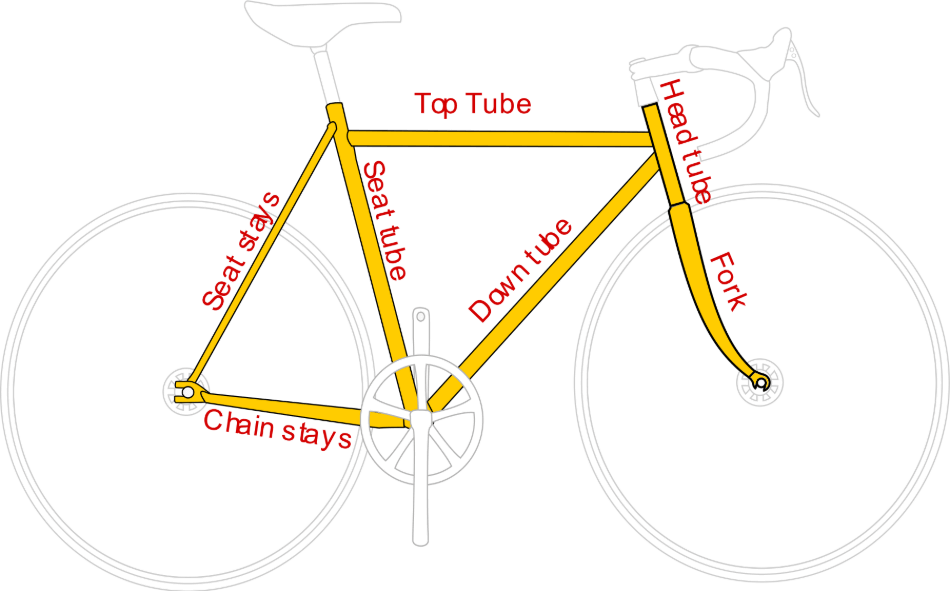
The all-important skeleton of any bike is the frame. Road bike frames are typically composed of two triangle shapes, the central one above where you pedal and the rear triangle around the back wheel. All the rest of the bike’s components wheels, handlebars, drive chain, and more connect directly to the frame.
The fork is separate from the frame but is integral to securing the front wheel and controlling the steering. The frame and fork combination is referred to as the ‘frameset’. Road bike framesets have the most aggressive geometry than any other bike category. They are designed to cut through the air and place the rider in an aerodynamic position.
Wheels
Road bike wheels are built for speed and aerodynamics, so they are a lot lighter than beefier mountain bike wheels. Road wheels achieve low weight by having relatively few spokes and rims made of featherweight materials, carbon fiber or aluminum. This approach works fine because road bikes aren’t typically ridden on intense terrain that could damage the wheelset.
Modern road bike rims are a bit wider than their predecessors but have always been far narrower than mountain bike rims. Research shows that wider road rims (and tires) can decrease drag, improve rolling resistance, and lead to fewer flat tires.
The most common wheel size diameter on road bikes is 700c. This is a bit larger than conventional 26” mountain bike wheels but smaller than the trendy 29” sets offered today. 700c has a large enough diameter to encourage straight-line speed while being small enough to offer solid handling.
Tires
Thin wheel rims are matched by thin tires. Road tires normally measure around 25-28mm wide. Most road tires are slicks, meaning they have a smooth texture rather than a heavy tread pattern designed for traction. The smooth rubber offers plenty of grip on dry pavement and performs fairly well in the wet, but you’ll want to reduce your speed when it rains.
Off-road or adventure road bike models choose wider tires with a bit more tread. This adds more grip on rougher terrain like dirt and gravel and absorbs more of the bumps. The width of these kinds of tires maxes out around 45mm.
Drivechain
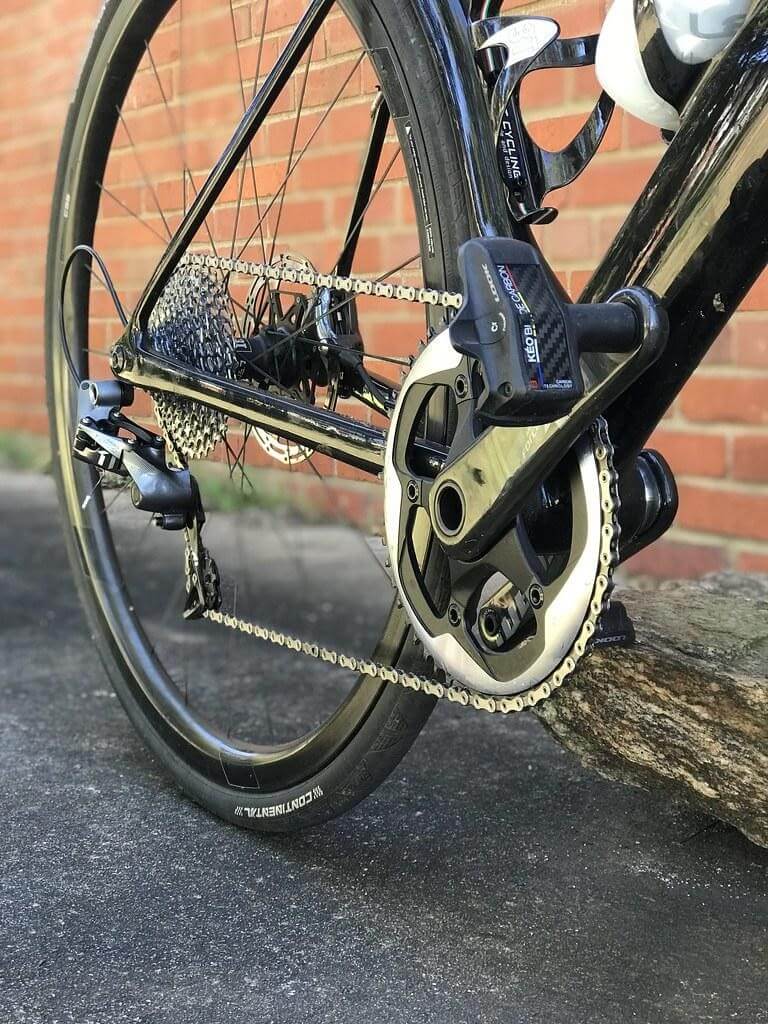
Crankset
Road bikes come equipped with two large chainrings connected to the cranks that you pedal. The most common gearing is ‘compact’ 50/34t cranks (t meaning the number of teeth). Semi-compact (52/36t) and traditional cranksets (53/39t) use harder gearing. Gravel and hill-climbing bikes use smaller chainrings.
Cassette
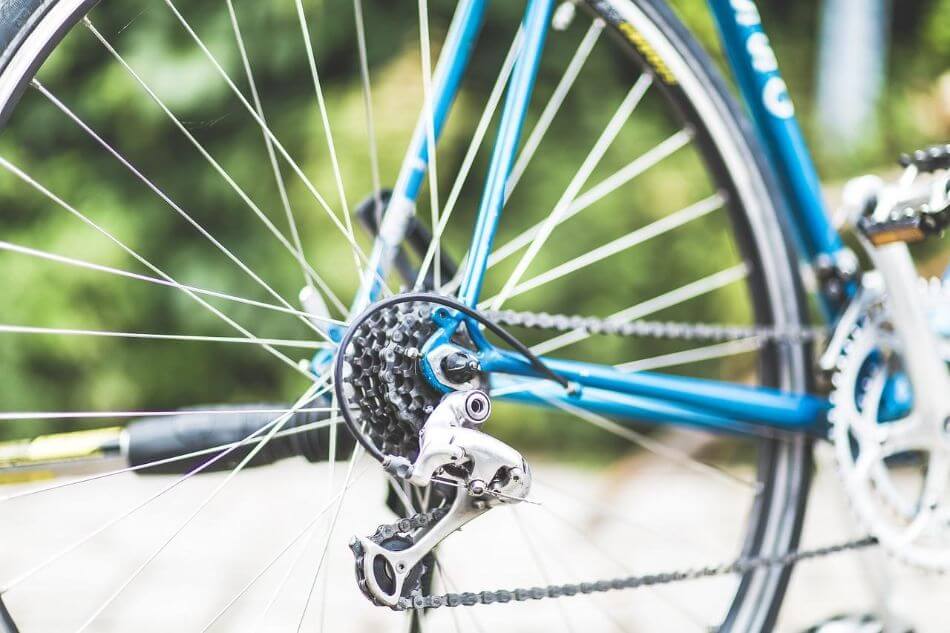
On the rear wheel, road bikes have a cluster of gears called a cassette. The range between the gears isn’t very wide each gear is only a few teeth bigger or smaller than its neighboring cog. This allows riders to maintain an appropriate cadence, or pedal revolutions per minute, for ideal efficiency.
Higher-end road bikes come with 11- or 12-speed cassettes, whereas cheaper models only have eight, nine, or ten sprockets. By far, the most common road cassette range is 11-28t. Riders expecting especially steep hills can extend the range to 11-30t or 11-32t.
Derailleurs
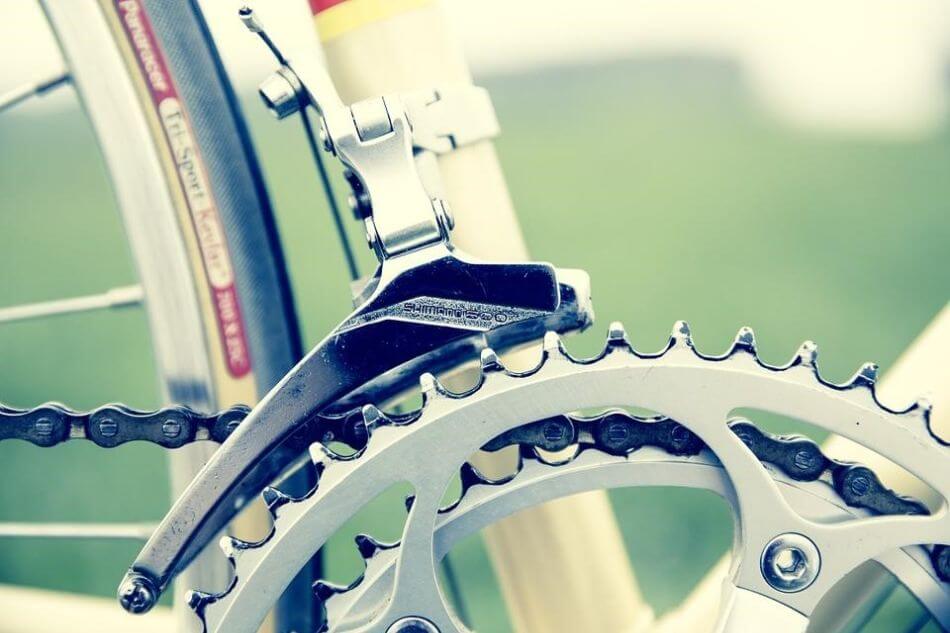
The word ‘derailleur’ comes from the French term for the derailment of a train from its tracks. Derailleurs on a bike do the same thing but, instead of a train, they move the chain from one sprocket to the other in order to change gears.
Road bikes typically have both a front and a rear derailleur for the chainrings and cassette, respectively. It’s important to keep the derailleurs tuned up, or else your shifting will feel clunky and unresponsive.
Handlebars
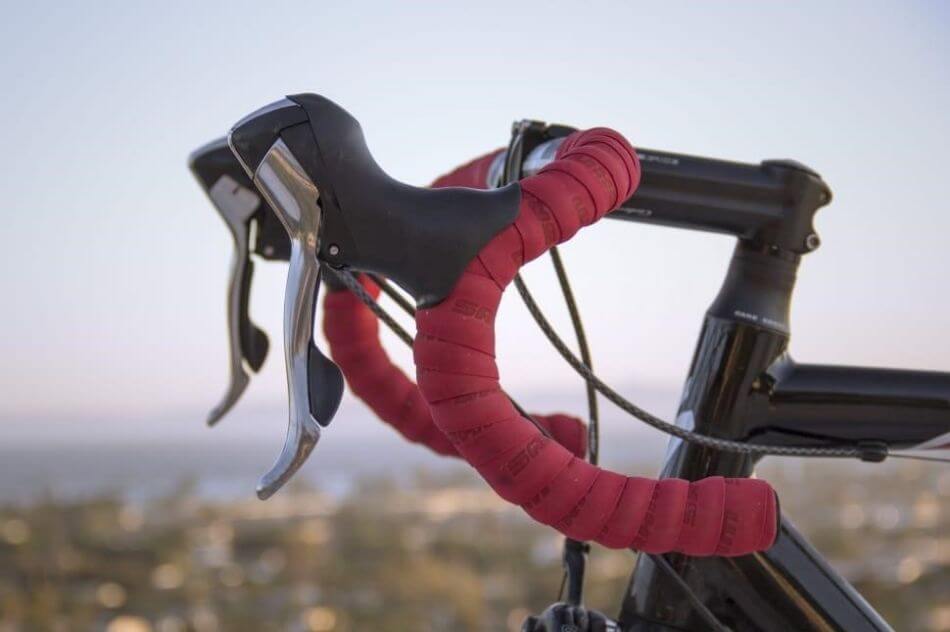
Probably the most recognizable feature of a road bike, the drop handlebars offer a variety of hand positions and an aerodynamic posture. Training rides and races can go on for hours, so having several different options to rest your hands can prevent fatigue.
Vertical levers on either side of the drop bars control the braking and shifting. The levers combine both braking and shifting one for the front and one for the rear into a neat, single unit. Riders can access the levers from the top hoods or the bottom curve of the drop bars.
Brakes
Road bikes get their stopping power from either rim brakes that press on the rims or disc brakes that clinch metal rotors fixed to the hubs. Disc brakes have become the more popular choice despite road bikes’ long tradition of utilizing lighter rim brakes. Modern rim brakes work great, but disc brakes show a clear performance advantage in wet conditions.
Saddle
At first glance, road bike saddles may seem like certain discomfort, but they are actually intelligently designed to provide support. The narrow silhouette offers a secure sitting position and doesn’t impede the legs’ natural and most efficient movement. Everyone is different, so find a saddle that works well with your body and ensure it’s at the right height and angle.
Frame Materials
Nowadays, road bike frames are typically made of aluminum or carbon fiber. Aluminum is a relatively lightweight metal that is strong enough to withstand aggressive riding and tough trails.
Carbon fiber has continued to increase in popularity and recent innovation has made it easier to produce reliably and cheaply. It still normally comes with a higher price tag because of the complex layup patterns that give it its characteristic stiffness and low weight.
Steel frames were popular back in the day, but the heavier material is now reserved for higher-end boutique or custom builds. Steel is highly durable and an easy metal to work with during manufacturing but the extra weight is undesirable.
Before carbon fiber came along, titanium was the go-to premium material for lightweight performance. It’s expensive but titanium aficionados love frames made out of the brilliantly shiny metal. You’ve got to admit a titanium bike has a pretty nice to ring to it.
Different Kinds of Road Bikes
Road bikes have progressed far beyond just two-wheeled machines meant for smooth surfaces. There is a vast array of road bike categories, each with distinct purposes and design philosophies. The main split is between pavement-only models and the newer category of so-called ‘multi-surface’ road bikes that can handle rougher terrain. Let’s take a look at wide range of road bikes available on the market today.
Racing Road Bike
When you think of a road bike, you probably imagine a racing bike built for speed, complete with aggressive geometry, high-end touches, and aerodynamic design. These are the bikes ridden at the Tour de France, and the top-tier models will cost a pretty penny, sometimes over $15,000. There are plenty of entry-level and mid-range models available for riders that enjoy going fast but don’t need the luxury componentry.
Aero Road Bike
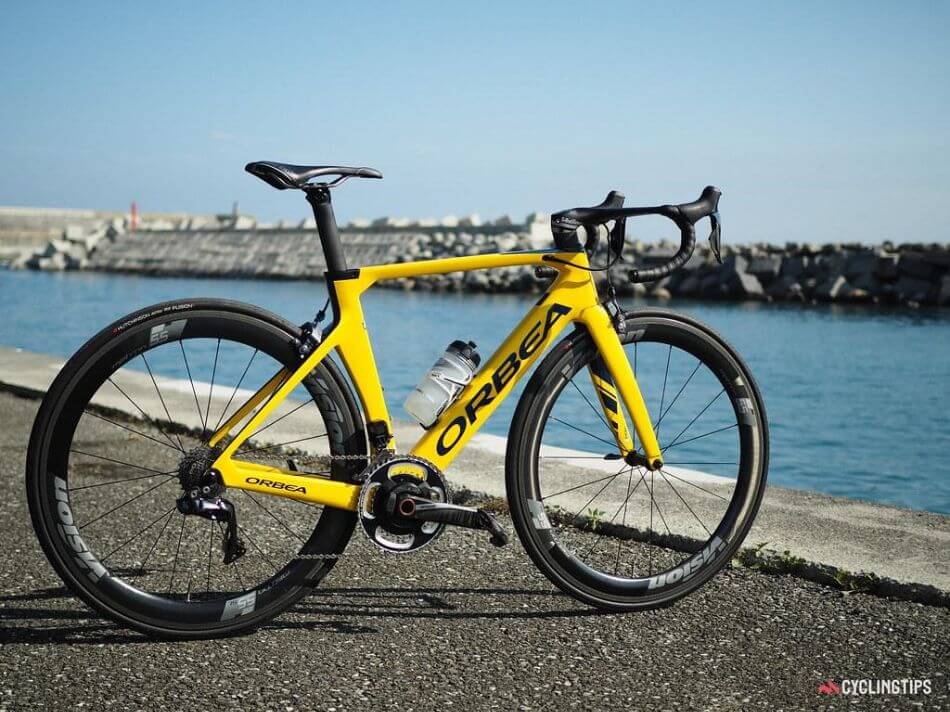
An even more serious speed machine is the aero road bike, with its unique geometry and tube shapes that reduce drag and turbulent airflow over the bike and rider. These bikes work best on flatter routes (with little to no wind) and for sprints where aerodynamics can make a huge difference. The development of this technology is expensive so this category of road bikes is one of the most costly.
Endurance Bike
As its name suggests, endurance bikes are meant for going long distances and boosting comfort along that long journey. These bikes have a slightly more relaxed geometry that allows the rider to sit more upright on extended training rides. Endurance models often come with more tire clearance and disc brakes if the long routes take a turn onto some light gravel or dirt. They are a great option if you want to save miles on your racing frame or a less aggressive riding posture.
Bikepacking/Touring Bike
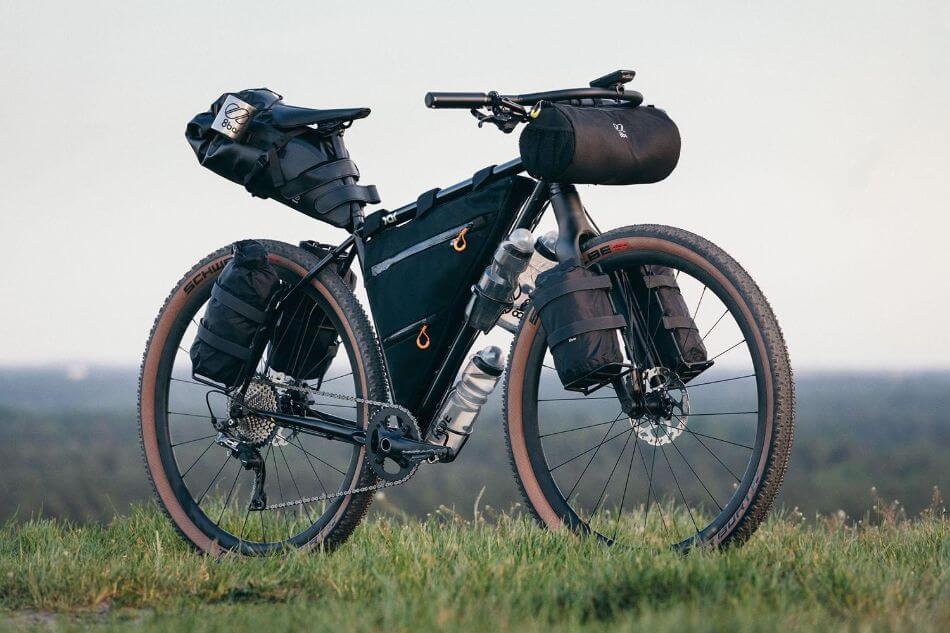
Bikes designed for bikepacking and touring have to be ready for anything. That means carrying a lot of gear and bags, so these bikes have tons of mounts and special bolts for attaching extra bottle cages, racks, panniers, and more. They have a relaxed fit and plenty of gears for trudging up hills with a bike weighed down by your adventure supplies.
Cyclocross Bike
These capable bikes are specially made for success in cyclocross competitions where riders face obstacles like logs or jumps in muddy conditions. The top tube is horizontal in order to increase space in the main frame triangle because cyclocross riders sometimes carry their bikes up the steepest hills. These bikes are light and come equipped with knobby tires to increase traction in the slippery circuits.
Commuter/Hybrid Road Bike

Many commuters don’t want to sacrifice too much speed, so they opt for road bikes that easily integrate fenders and racks. Sometimes these bikes have flat handlebars, so riders aren’t as hunched over on their way to work.
E-road Bike
Electric road bikes have boomed in popularity the past several years and give riders a little boost when the going gets tough (and steep). Unlike other electric models, e-road bikes have less powerful motors meant to assist rather than replace pedaling. These are great options for older riders or people with slight mobility issues. Each year, the motors and batteries get increasingly efficient so expect this category of bikes to grow in popularity.
Gravel/Adventure Bike
Gravel bikes are unique machines that have cyclocross capability and endurance bike geometry. Gravel bikes have wide tire clearance and disc brakes for better handling on rough terrain. Similar to touring bikes, gravel bikes sometimes have 650b wheels that are smaller than the typical 700c size. Some also opt for a 1x drivechain and moderate front suspension design borrowed from mountain bike technology.
Related Article: Road Bikes vs Mountain Bikes: The Differences Explained
Track Bike/Fixie
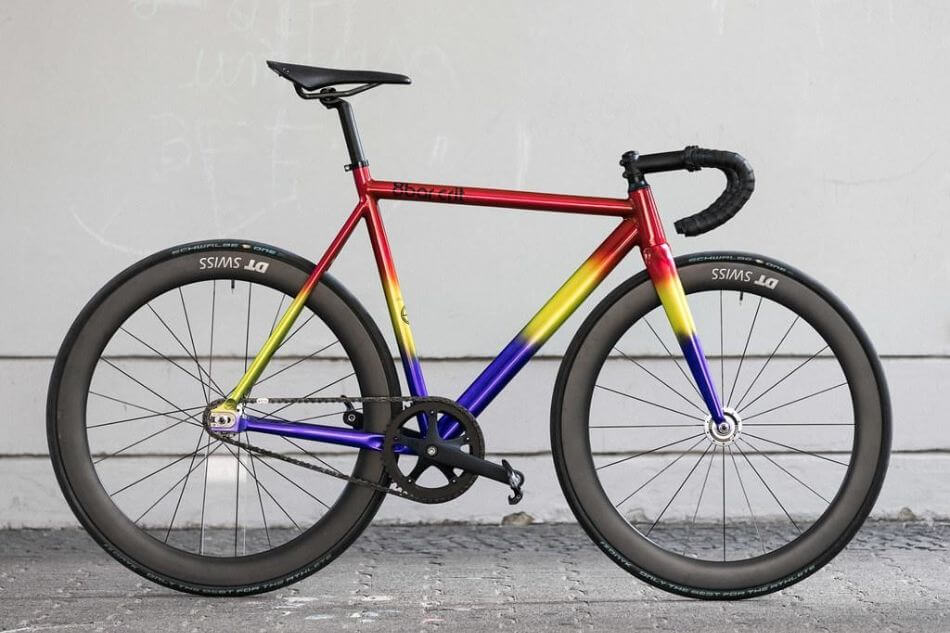
Sometimes these simple but speedy machines are used in velodromes and other times they are trendy urban bikes. Regardless of how you use them, track bikes and fixies only have one gear. The small cog is fixed to the rear hub so you can’t coast, but that doesn’t deter track cyclists and fixie aficionados.
How to Choose?
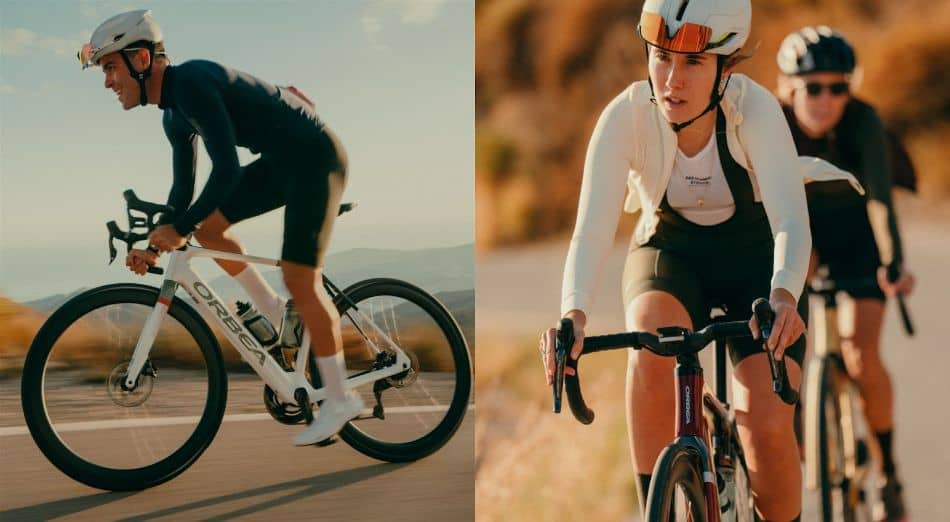
With so many options to choose from, selecting the right road bike for you can seem like a daunting task. Reflect on your own riding style and where you typically cycle in order to narrow down your search for the perfect road bike. Also, take a look at this bike size chart to find out which bike size is right for you. It’s no good having a road bike that’s not comfortable enough to ride.
Don’t worry, though, your need for speed doesn’t have to break the bank. There are plenty of quality entry-level road bikes at affordable price points. If you are looking for an upgrade, mid-and high-tier models are worthwhile investments with impressive componentry and design touches.
Frequently Asked Questions
Normal bikes are built for recreational and comfortable riding but road bikes are designed for speed. Road bikes are lighter, have more difficult gearing, and place the rider in a more aggressive and aerodynamic position. Normal bikes are typically used around town or in local parks whereas road bikes are for training or racing.
Riding a bike can be a low-impact sport activity for those will pre-existing injuries or mobility limitations, but, if done improperly, it can cause back pain. Road bikes require the rider to bend over significantly in order to reach the handlebars. Riders with back issues should opt for bikes with more upright geometry such as mountain bikes or hybrid bikes.
Riding a bike is a great way to get exercise without putting too much strain and pressure on your knees. Runners often cross-train with swimming or cycling in order to work out without over-using their knees. However, to prevent any knee injuries while cycling, make sure you use the proper pedaling technique.
Road bikes have a recognizable aggressive geometry that makes the rider bend forward to reach the handlebars. Road bikes also utilize drop bar handlebars and skinny 700c wheels and tires in order to go fast on smooth surfaces. These bikes are light, aerodynamic, and built to have as little drag as possible.
Feel free to reach out if you have any more questions about road bikes. In the meantime, enjoy zooming on pavement, speeding on asphalt, and maybe even adventuring through off-road trails!

Jeffrey Brown is a writer, editor, and professional bike mechanic with over 7 years of experience working in full-service and community-based bike shops. As a bicycle educator, he has supported youth programs across the US that teach bike mechanics and life skills to prepare the next generation of cyclists.
Jeffrey began his professional mechanic career at his university bike co-op, so he recognizes the grassroots power of the cycling community. Initially self-trained as a mechanic, his subsequent positions as manager and lead educator gave him official training. He has won various awards and grants for his role as a bicycle and environmental advocate.

